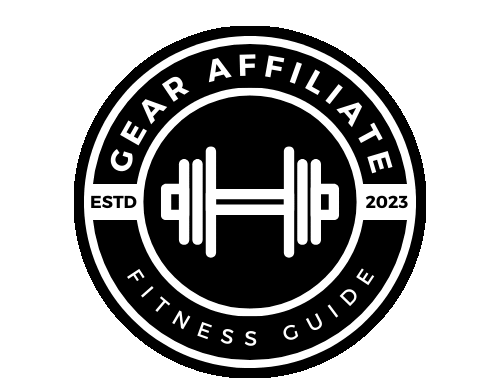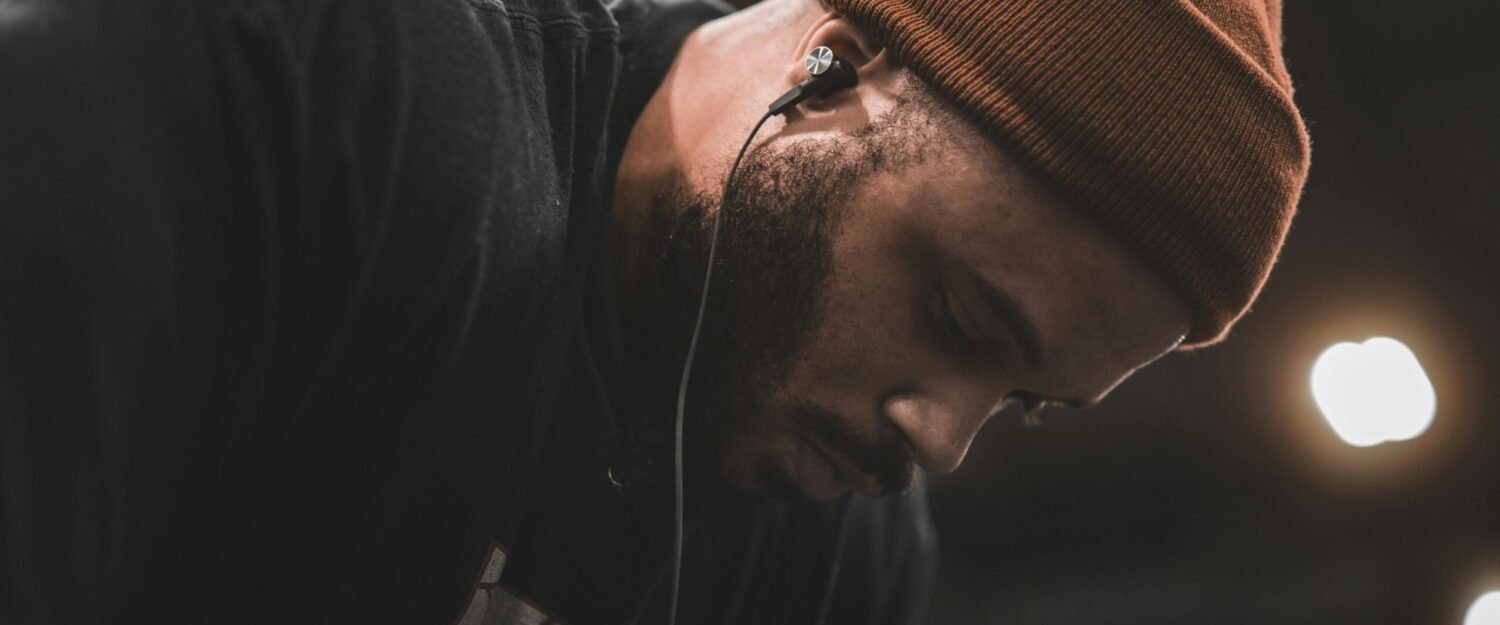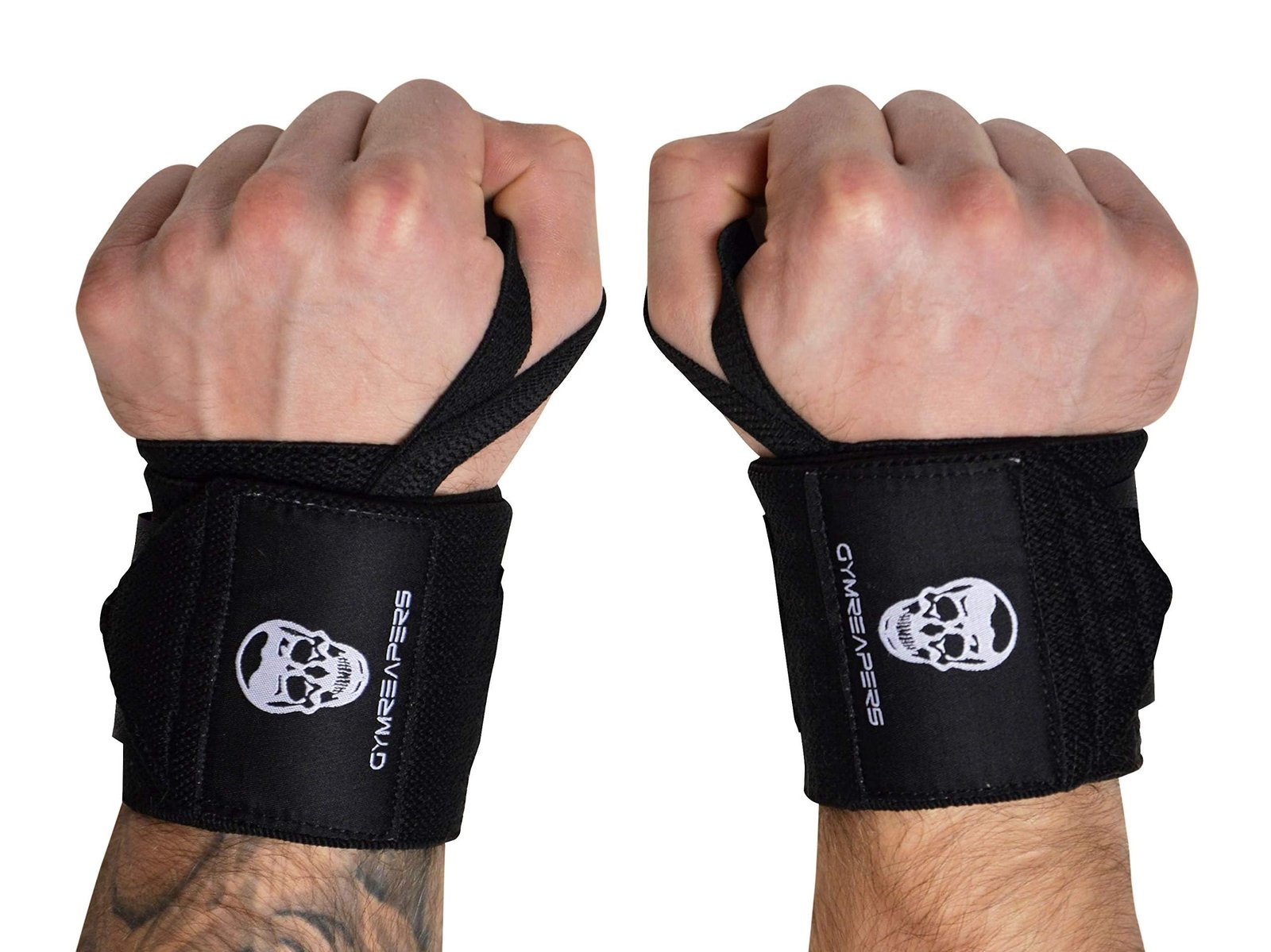Written by our gear testing crew
Built for lifters who train for more than just the mirror—this guide is written by real coaches who prioritize performance over hype.
What to Look for in Wrist Wraps
A Lifters’ Guide to Support and Stability
If you train long enough and heavy enough, your wrists are going to feel it—especially during overhead presses, bench work, or Olympic lifts. That’s where wrist wraps come in. But not all wraps are made the same, and grabbing the first pair you see online can lead to wasted money or worse—joint pain and lost gains.
This guide breaks down everything you need to know before buying wrist wraps that actually help you lift better, not just look the part.
Why Wrist Wraps Matter
When used properly, wrist wraps don’t just support your joints—they increase pressing power by reducing unwanted movement, helping you stay locked in for more confident lifts. They’re especially useful for:
- Heavy bench press, overhead press, or push press
- Olympic movements like clean & jerk or snatch
- Strongman events like log press or axle press
- Anyone dealing with wrist pain or instability during lifting
But not all wraps are built for the same purpose. Some are designed for heavy static lifting, while others are built for mobility and speed.
if you want to see the best Wrist Wraps that we managed to find on amazon, Check out our post here.
Key Features to Look For
Let’s break down the most important factors to consider when shopping for your next (or first) pair of wrist wraps.
1. Stiffness Level
Wrist wraps come in different stiffnesses, usually falling into one of three categories:
- Flexible wraps:
These are made with more cotton and less elastic. They’re easier to wrap tightly without cutting off circulation and are great for training volume or CrossFit-style workouts where some wrist mobility is still useful.
Best for: General gym use, high-rep pressing, beginner lifters. - Moderately stiff wraps:
A solid middle ground for most lifters. These provide firm wrist support without feeling overly restrictive. You’ll find these in most commercial powerlifting gyms.
Best for: Powerbuilding, recreational strength athletes, and anyone chasing PRs without full comp gear. - Extra stiff wraps:
These are designed for maximum wrist rigidity—think competition-level bench press or max-effort overhead lifts. They’re harder to put on and less forgiving, but they lock your wrists in place.
Best for: Competitive powerlifters, strongman athletes, and heavy pressing days.
2. Wrap Length (12″, 18″, 24″, or 36″)
Length plays a big role in both support and usability:
- Shorter wraps (12″–18″):
These are quicker to wrap and great for dynamic training where you need to adjust wraps between sets. They’re ideal for smaller wrists or people who want a more natural feel. - Longer wraps (24″–36″):
These allow multiple layers of support around the wrist and create a more solid cast-like hold. The downside? They take longer to put on and can feel bulky.
Best for lifters who prioritize maximum support over convenience.
3. Closure Style
Most wrist wraps use a hook-and-loop system (Velcro) and a thumb loop, but there are small differences that matter:
- Thumb loop:
Helps anchor the wrap during application, but should be removed before lifting to stay within competition rules (in federations that require it). - Velcro quality:
Cheap wraps often fail here. Look for strong, double-stitched Velcro that won’t wear out after a few weeks. (Check out the rest of our wrist wraps page for reviews of products like these)
4. Elastic Blend and Material Feel
The material determines how it conforms to your wrist and how breathable it is during longer sessions.
- Cotton blends tend to feel more comfortable and stretch more easily, but may lose their support quicker over time.
- Synthetic blends with higher elastic content provide more pop and stiffness, making them great for maximal lifts—but they can also bite into the skin if not padded well.
Choose Wrist Wraps That Match Your Goals
Just like you wouldn’t wear squat shoes for running, your wrist wraps should match your training style. Here’s a quick reference:
| Training Style | Best Wrap Type |
|---|---|
| High-volume training | Flexible or moderate, shorter length |
| Powerlifting/PR days | Stiff, longer wraps (24″–36″) |
| Olympic lifting | Medium support, breathable wrap |
| Strongman/Overhead Work | Long, stiff wraps for max wrist protection |
| General strength work | Moderate wraps that balance support with mobility |
Do You Really Need Wrist Wraps?
If you’re pressing more than your bodyweight, training for power, or just sick of wrist fatigue cutting your sets short—yes, wrist wraps are worth it. They’re not a crutch; they’re a tool. And like any tool, using the right one for the job makes all the difference.
Final Tip:
Wrist wraps are only as effective as how you use them. Don’t overtighten for every warm-up set. Save the full lockdown for your heavy working sets or PR attempts. Think of them as your backup—not your default.
Written by our gear testing crew
We don’t write for clicks—we write for lifters. Every guide we put out is shaped by real training floors, real conversations with athletes, and a commitment to no-BS recommendations.
If you found this post to be helpful, then you may be interested in the rest of our blog page here.


